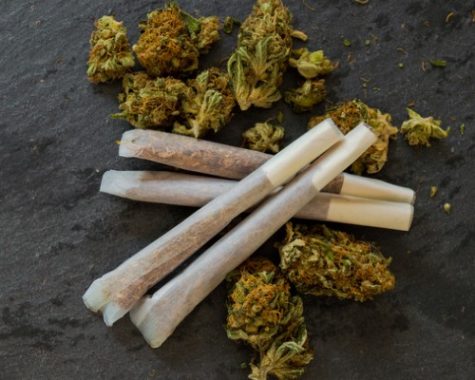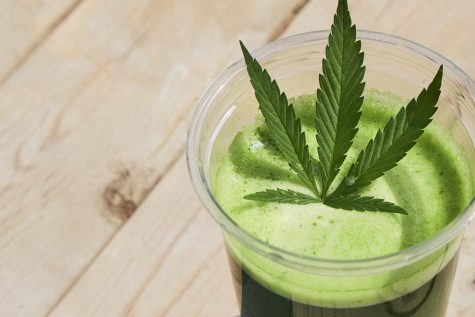Study: Cannabis consumption rates embark on a seasonal rollercoaster
A new study published in the journal Drug and Alcohol Dependence demonstrates fluctuations in cannabis consumption habits throughout the calendar year. Specifically, consumption rises more towards the end of the year, as opposed to the start and middle of the year.
The findings, which were published by Joseph Palamar, PhD, MPH – the study’s lead author and Associate Professor of Population Health, Grossman School of Medicine, New York University – showed that consumers upped their intake by 13 percent during the year’s final months.
“We found that cannabis use is consistently higher among those surveyed later in the year, peaking during late fall or early winter before dropping at the beginning of the following year. We think this may be due, in part, to a ‘Dry January’ in which some people stop drinking alcohol or even stop using cannabis as part of a New Year’s resolution. We’re now in the time of year when people are the least likely to use cannabis,” said Palamar, who is affiliated with the Center for Drug Use and HIV/HCV Research (CDUHR) at NYU School of Global Public Health.
Data analysis stretched from 2015 to 2019.
Survey data was analyzed to understand seasonal trends in cannabis consumption
Palamar and his team of colleagues kick-started their research by analyzing data from 282,768 adolescents and adults who, between the years 2015 and 2019, provided responses to the National Survey on Drug Use and Health.
Participants were questioned about their frequency of cannabis use (and other substances.) Once the responses were in, the researchers gathered consumption estimates for each calendar quarter — January through March, April through June, July through September, and October through December.
Based on the findings, cannabis consumption climbed as the calendar year progressed. Specifically, consumption surged during summer and fall, before slumping as the new year rolled in. For example, 8.9 percent of respondents reported using cannabis January through March, while 10.1 percent reported using the plant October through December; indicating a 13-percent relative increase.
The researchers claimed that seasonal cannabis consumption trends were noticeable across the majority of surveyed groups; significant changes were not noticeable among people of differing race/ethnicity, education level or sex. Conversely, teenagers appeared to use more cannabis in the summertime, before reducing their intake to winter and spring levels during the fall.
Alternative substance use encouraged seasonal cannabis consumption
So, why did researchers notice these seasonal cannabis consumption trends? Collectively, they hypothesized that consumption habits are likely being stimulated by the rise of recreational cannabis use across the U.S. The team’s theory is based on small increases in cannabis consumption across states that had enacted medical laws, as well as among consumers who did not possess a prescription for medical cannabis.
Interestingly, seasonal cannabis consumption also inflated among groups of people who confessed to using alternative substances, including nicotine, alcohol and LSD; the latter of which proved to be the biggest catalyst for cannabis use among substance users.
Finally, the researchers honed in on the likely reason why cannabis use dips during the colder months. They suggested that numerous factors could be coming into play, such as reduced supply in winter, New Year’s “quit smoking” resolutions and lower temperatures keeping outside smokers cooped up at home.
“Ultimately, we hope that these findings can be utilized by researchers and clinicians alike,” said study co-author Austin Le, DDS — a research associate at NYU Langone Health.
“Researchers studying cannabis use should consider seasonal variation, as surveys administered at the end of the year may yield different results than at the beginning of the year. And for those who wish to reduce cannabis use, it appears the best time for such targeting may be later in the year when use is highest,” Austin concluded.








